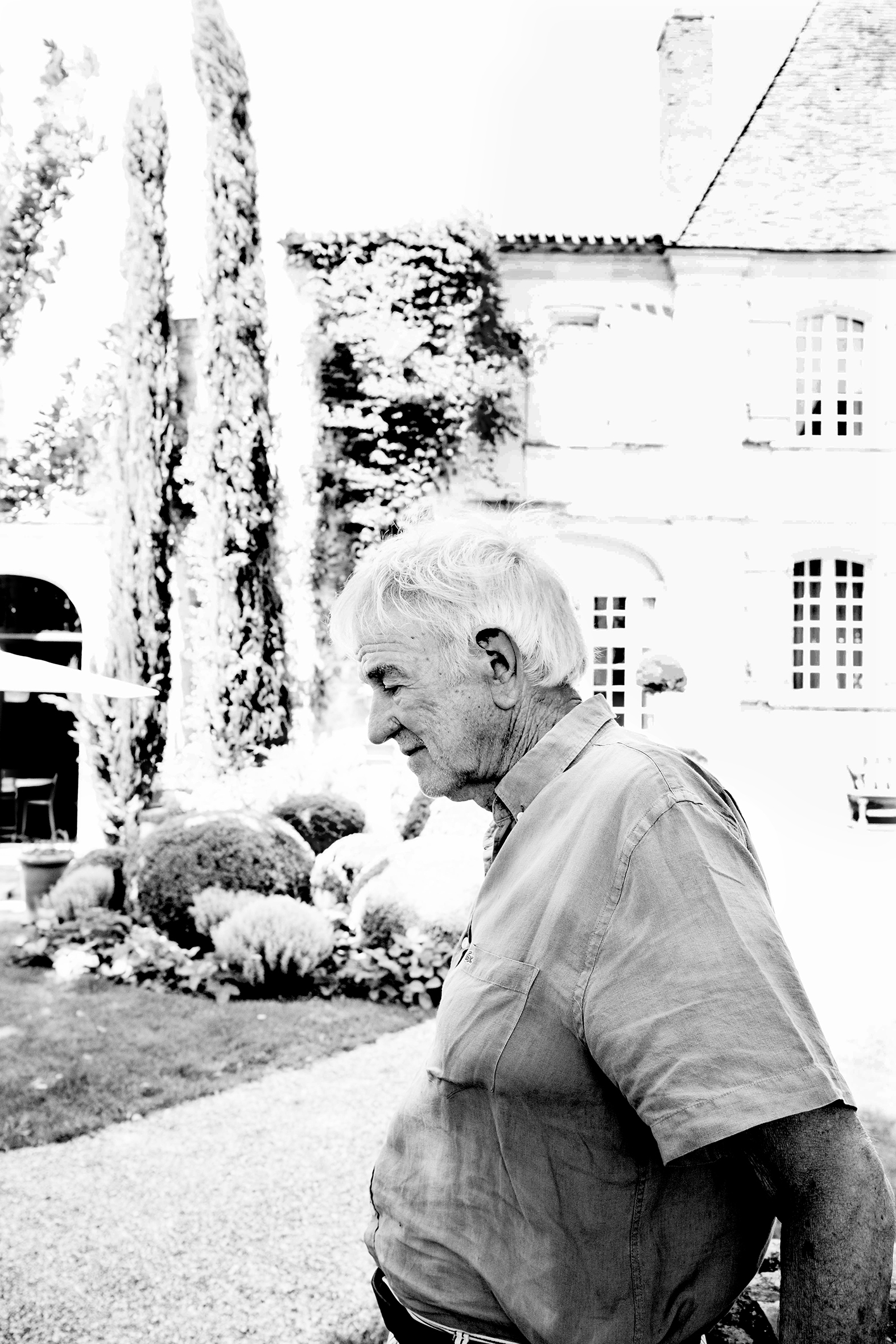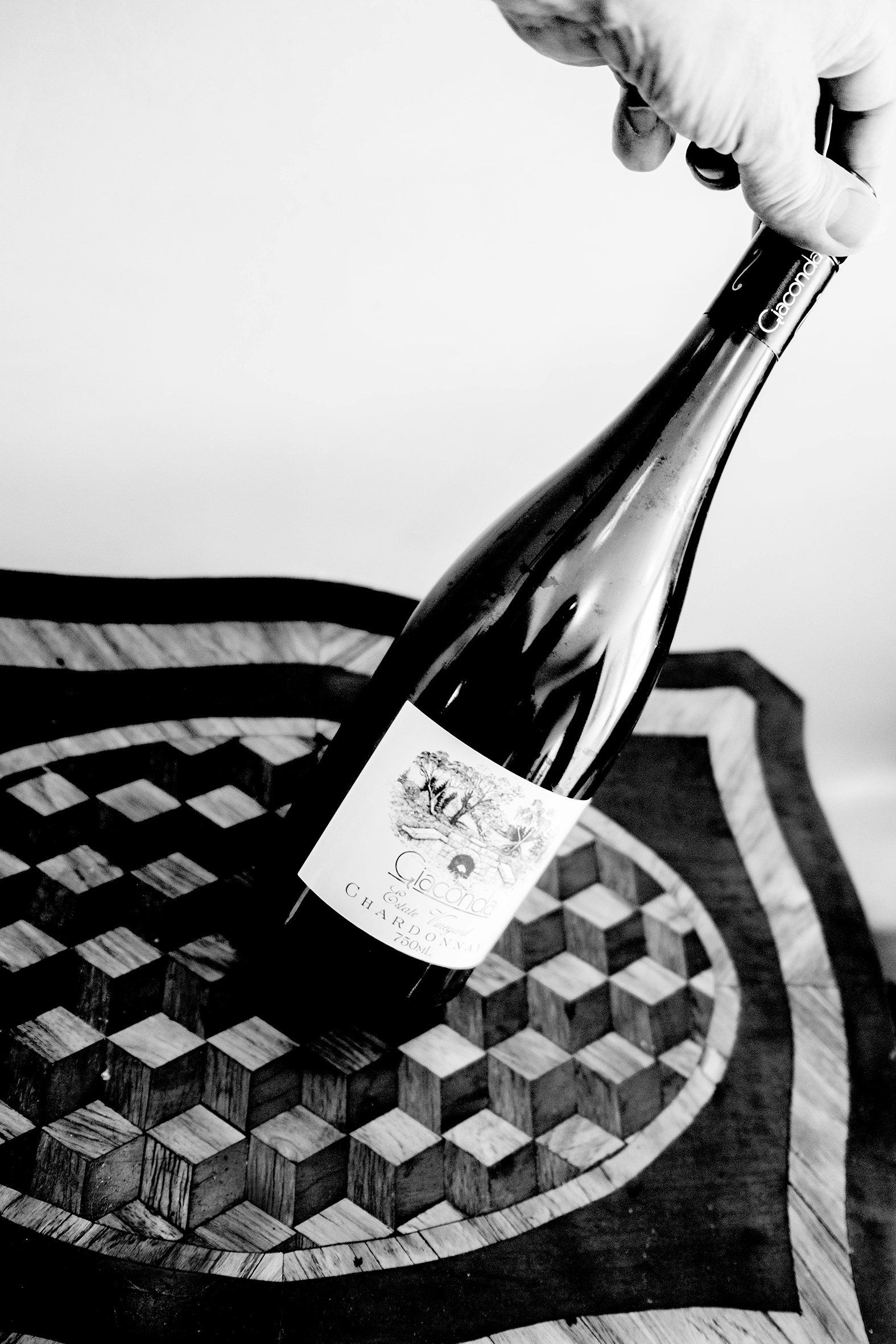31st Aug 2023
There’s some exciting news for lovers of Giaconda Chardonnay. From October this year, Bordeaux merchant Ets J.P. Moueix will be distributing this wine to markets worldwide where distribution has been non-existent or scarce over the last few years, including the USA.
Atomic
One of my most memorable vineyard visits ever was to Giaconda in 2009. This estate is in Beechworth, Australia, about a three-hour drive north-east of Melbourne. There are a few other noteworthy wineries around here, but not many. A former gold mining town in the mid-1800s, this remote area is where the notorious outlaw Ned Kelly became a bushranger and eventually met his demise. It is also home to one of the world’s most extraordinary Chardonnays.

A former mechanical engineer, Rick caught the wine bug in the 1970s and, after visiting working at a few wineries around Australia and New Zealand, he enrolled at UC Davis in California. He then spent a few years working in Northern California at Simi, Stag’s Leap, and Matanzas Creek before heading to Bordeaux to work a stint with the Moueixs, owners of Petrus and Château Trotanoy, among a clutch of prestigious right bank properties.
In 1980, Rick returned to Australia to work at Brown Brothers in Victoria. This is how he came to know the nearby Beechworth region and soon purchased a plot of land there to establish his own vineyard. He planted vines here in 1982—Shiraz, Pinot Noir, and Chardonnay. Interestingly, the Chardonnay clone he used is not the well-known Gin Gin clone (AKA Wente clone in the USA and Mendoza clone in New Zealand), but an old Penfolds clone, which was one of the first propagated commercially in Australia by Murray Tyrrell in the Hunter Valley.

Today, Giaconda remains a tiny estate with only around ten acres in total under vine. The soil here is a granite-rich loam over a mix of gravel and clay. The Chardonnay comes from a small patch on a south-facing slope of silicified soil (unique to this area) just in front of the winery. Sheltered from direct sunlight and at an altitude of around 1300 feet, this block takes advantage of an extended, cooler growing season.
I recently caught up with Rick Kinzbrunner and Edouard Moueix at Château Belair-Monange in Saint-Émilion, where Rick was reestablishing this business connection and securing a new distributor for key markets around the world. Together, we tasted the 2018 and the 2021 Chardonnay (soon to be released).

“Both 2018 and 2021 were classic vintages,” said Rick. “We had regular amounts of winter rains in these years. So, both years were not too dry and not too hot with no heatwaves. 2021 was the cooler vintage, and this Chardonnay has that ‘les amères’ character—a pleasant bitterness. We had more phenolics in 2021, coming from the skins and stems, because we whole bunch press.”
The winemaking at Giaconda has always been traditional/Burgundian.
“The grapes are harvested ripe, but not too ripe,” said Rick. “We use a basket press. The juice and wines are gravity-fed, and the wine is fermented in barrel using only native yeasts. The malo-lactic occurs naturally. The Chardonnay gets nearly two years in barrel (around 30% new oak) and is bottled without filtration. As you know, the grapes are grown on granite soil and brought up in a granite cellar.”
The mention of Rick’s underground cellar in the granite took me back to that first visit of mine back in 2009. The underground cave had only recently been completed, and the area around it looked like a bombed-out war zone. When I reminded Rick of this, he laughed. “Yeah, it took me 2.5 tons of explosives and 70 days to build that underground cellar in 2008.”
Since 2007, Rick’s son, Nathan, has worked full-time at Giaconda. Today, Nathan is the assistant winemaker and general manager.
For now, Rick is only exporting the Chardonnay and not any of the other Giaconda wines he and his son make. Bordeaux merchant Ets J.P. Moueix will soon be putting out an offer to clients worldwide in markets where Giaconda Chardonnay is not already distributed. Volumes are tiny, but those who love spectacular, age-worthy Chardonnay will want to make an effort to find a few bottles of the 2021, which is surely one of Rick’s greatest vintages of this wine. Since the 2021 is a touch shy and restrained right now, it would be a shame to drink it before it’s had 3-5 years in cellar, after which, prepare for it to go atomic.
–
Article & Reviews by Lisa Perrotti-Brown MW
Photography by Johan Berglund

PRODUCERS IN THIS ARTICLE
> Show all wines sorted by scoreMore articles

Cathiard Vineyard New Releases
02nd May 2024
3 tasting notes

Bordeaux 2023 Preliminary Vintage Report and Reviews from Barrel
29th Apr 2024
56 tasting notes

2021 Bordeaux in Bottle and A Modest Proposal
24th Apr 2024
599 tasting notes

Pilcrow’s New Releases
18th Apr 2024
7 tasting notes
Show all articles